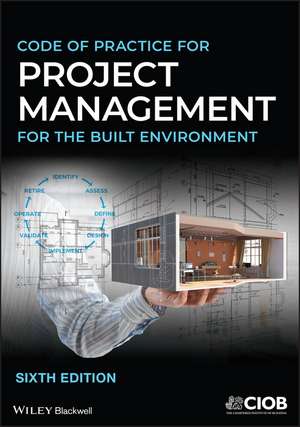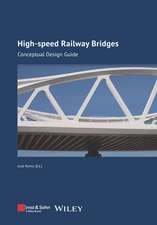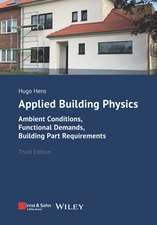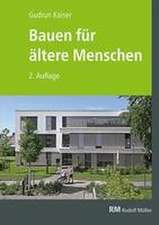Code of Practice for Project Management for the Built Environment
Autor CIOBen Limba Engleză Paperback – 22 iun 2022
Preț: 400.28 lei
Preț vechi: 500.36 lei
-20% Nou
76.60€ • 81.91$ • 63.86£
Carte disponibilă
Livrare economică 27 martie-10 aprilie
Livrare express 13-19 martie pentru 43.69 lei
Specificații
ISBN-10: 111971513X
Pagini: 288
Dimensiuni: 211 x 295 x 15 mm
Greutate: 0.84 kg
Ediția:6th Edition
Editura: Wiley
Locul publicării:Chichester, United Kingdom
Descriere
The latest edition of the gold standard in construction project management references
In the newly revised sixth edition of Code of Practice for Project Management for the Built Environment, the Chartered Institute of Building delivers an up-to-date and comprehensive reference to the principles and practice of project management in construction and development. This latest edition covers the new technologies, internationalization, changing legislation, and productivity and profitability challenges faced by contractors that are driving significant change in the industry.
The book demonstrates the application of systematic documentation and quality control to complex construction projects and offers checklists and documentation that link key principles to practical project management. It is worldwide in scope and widely recognized as the industry standard on the subject.
With fresh discussions of quality assurance, global codes and standards, time management, joint ventures, contract compliance, supply chain integration, design digitization, and much more, the Code of Practice for Project Management for the Built Environment includes:
- A thorough introduction to project inception, feasibility analysis, strategy, and the pre-construction process
- Comprehensive explorations of the construction stage of projects, as well as testing and commissioning, and project completion, handover, and operation
- Practical discussions of post-completion review
- A complete glossary and index of essential terms in construction project management
Perfect for project management professionals in construction contracting and client organizations, Code of Practice for Project Management for the Built Environment will also earn a place in the libraries of advanced undergraduate students of project management and construction-related subjects.












